Solvitur amublando / Sort it out by walking
~ St. Augustine
The ancient form at the heart of Alcyon.
The Labyrinth
In front of the main building on the side of a hill bordering the inner harbor of Seal Cove lies a pattern on the ground called a labyrinth. A labyrinth is an ancient spiritual tool. It has been known to the human race for 4000 years. It can be found in nearly every religious tradition from the Jewish Kabbalah Tree of Life to Hopi Medicine Wheels to Christian "Jerusalems" carved on the floor of European Cathedrals. Our labyrinth here is a nine circuit pattern replicating one of the oldest known labyrinths located on the island of Crete.
A labyrinth has one well-defined path which leads into the center and back out again. It is not a maze which has many paths intended to present choices, some of which can be wrong. The labyrinth has become a useful tool in churches, hospitals, businesses, schools, and prisons. People walk the labyrinth for a variety of reasons.
Guests of The Alcyon Center are invited to participate in labyrinth walking as a tool to quiet the mind and open the soul to the spiritual world. Like all contemplative tools, labyrinth walking is not an end in itself. Surrendering body and soul to walk a labyrinth may inspire clarity, change and transformation – for individuals and for communities. Yet the walk at heart is prayer, and prayer is not so much prayed for its outcome, as for the change brought about in the person who prays/walks. May the Alcyon Center labyrinth become a pilgrimage prayer that remains in your heart.
Labyrinth at Alcyon
Whoever you are, walking the labyrinth has something to offer you. If you are challenged at work, you can get your creative juices flowing by walking the labyrinth. If you are struggling with grief or anger or physical challenge or illness, walking the labyrinth can point the way to healing and wholeness. If you want a way to meditate or pray that engages your body as well as your soul, the labyrinth can be such a way. When you just want reflective time away from a busy life, the labyrinth can offer you time out.
In the summer of 2007 work began on creating a 9 circuit Cretan labyrinth in the coveside, untamed woods adjacent to the north wall of our main house. Gradually the blowdowns and overgrown blackberry canes gave way to a new sacred path for human feet. All the spindly saplings and a few Spruce fledglings were removed. Left in the middle of the 3rd circuit was, however, a very old and lightning-struck Apple tree. She stayed – to live or to die, her choice.
Nothing was done to level the land. Buried ledge rocks remain where the ice age glaciers left them. Old stumps, blackened by our brush fire, protrude intermittently. Wood stove-length logs became the lines defining the path. A few ferns, Hawkweed, Sarsaparilla, and Indian Paint Brush keep their roots alive inside the circuits now covered with wood chips. The labyrinth as a sacred path simply and with hard work emerged organically from the land. She lives each year as a new pilgrimage walk for all guests – us included.
Labyrinths come to us from nature in the very coiling of our DNA, in the tracery of lichens on rock, in shells and seeds and ears. They are a way for nature to deal with danger, confusion, limited space, and perhaps the evolving of new forms. A labyrinth is a paradox in the way that a homeopathic remedy uses the very substance that stimulates an illness as its own cure. If you are confused about a life situation, walk a seemingly complex and winding path to discover clarity. As in homeopathic remedies, why labyrinths bring healing for some people is a mystery.
A labyrinth is not a maze. While mazes are built to confuse and have many different paths available for choosing, some of which lead to dead ends, a labyrinth has but one path and it leads eventually to the center of the labyrinth. A labyrinth guest walks in to the center on one path and returns to the start on the periphery by that same path. Because there are no choices within the labyrinth as to where to turn or step, the guest walker is free to listen deeply to the earth speaking through their body. Augustine reveals the labyrinth experience when he says, “Solvitur ambulando. You can sort it out by walking.”
Walking the Labyrinth
There is no right or wrong way to walk the labyrinth. Going in, you may find that you release the cares and concerns which distract you from your true self. The center can be a place of prayer and meditation where you may receive clarity about your life. As you walk back out on the same path that brought you in, you can be granted the power to act. It is a shared journey with all those who have walked this path before and will in the future. It is a walk that meets our longing for a change of heart, a change of ways in how we live together on this fragile island home. It is a way to gather the energy, the vision, and the courage to become agents of transformation in our perilous world.
Etiquette in the labyrinth suggests that those who are on the way in to the center have the right of way. Those on the way out may step temporarily out of the circuit to let the new pilgrim pass along and then return to your path outward. If you get confused as to which way you are going, just keep walking. You will either come out or go to the center ... neither place is a waste of time... listen to what the labyrinth is revealing to you, not what your mind wants to control.





